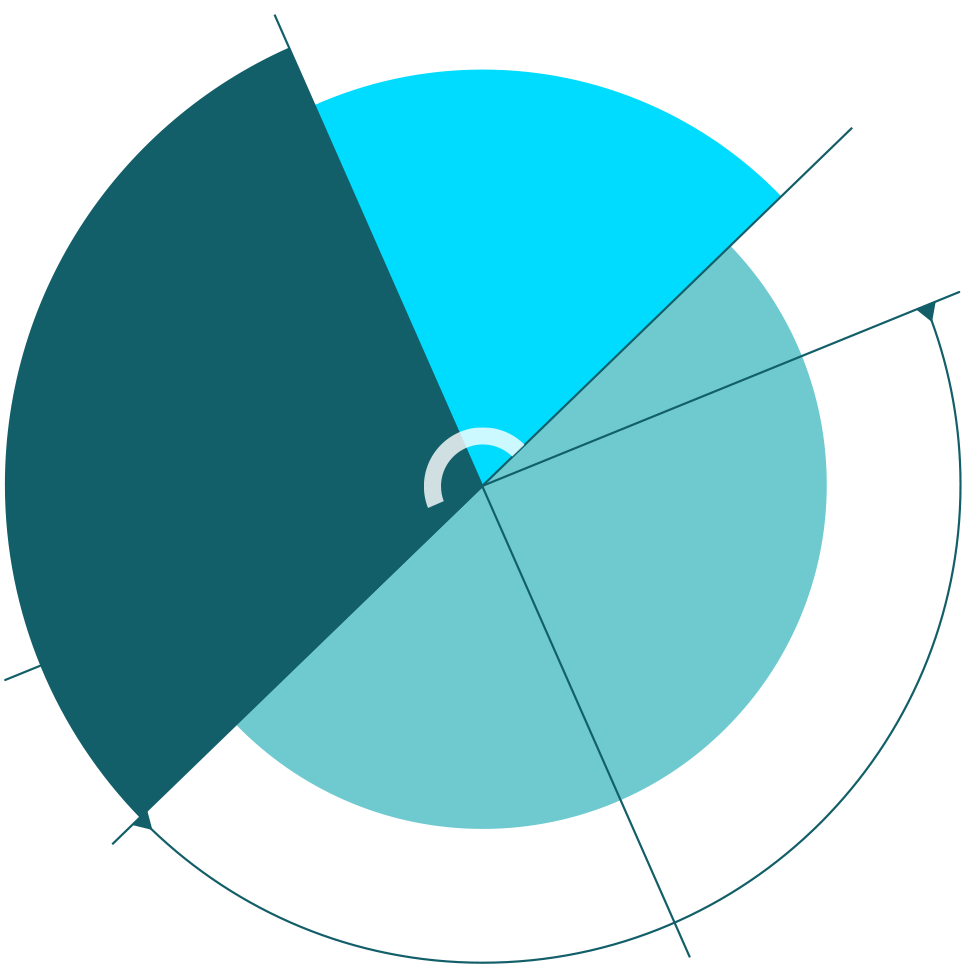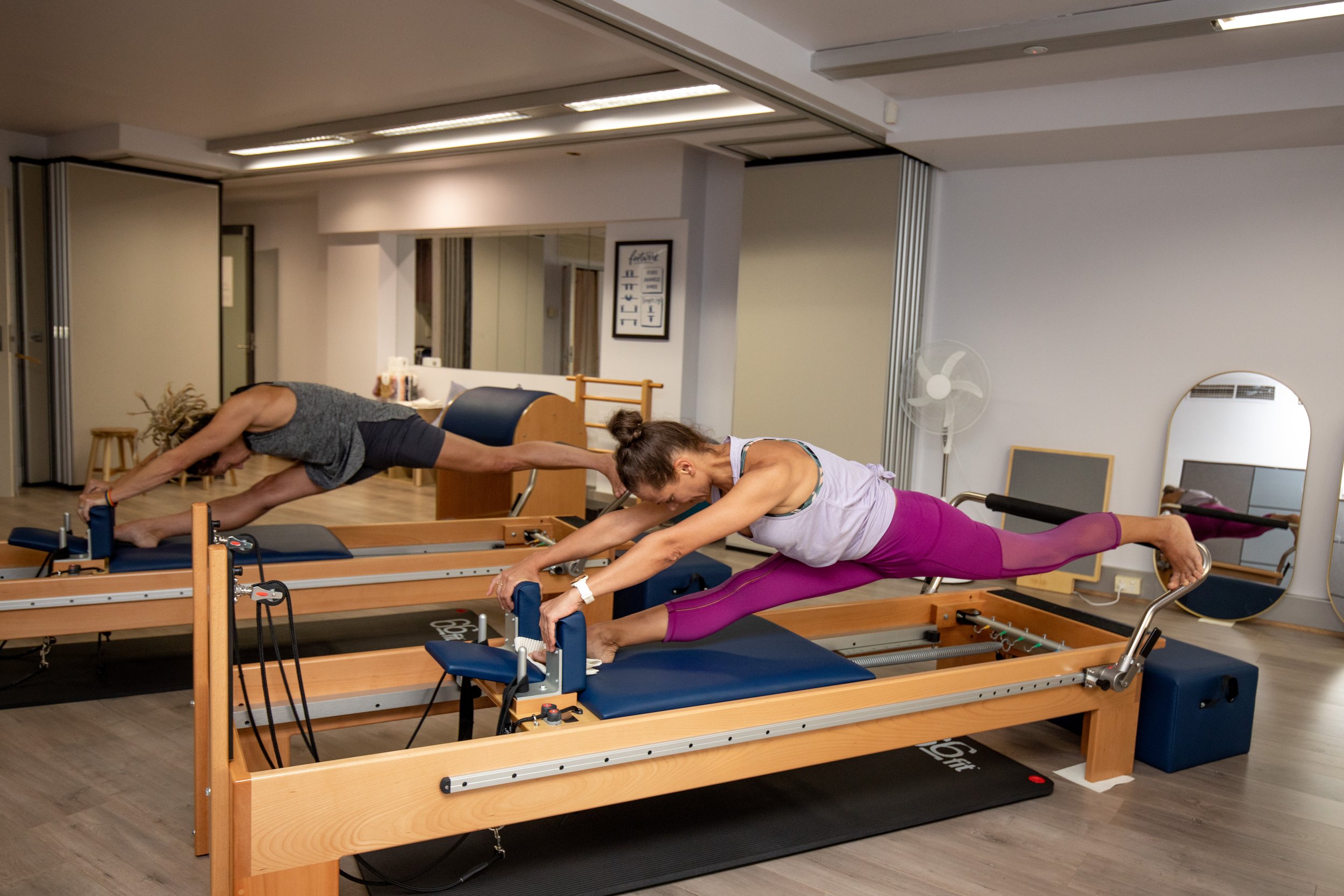These hips don’t lie!
Do you experience hip pain? Do you wonder what causes the pain and what can be done for it?
Hip pain is common amongst dancers, soccer players, runners, cyclists and older people. People experiencing issues with their hips may feel pain in the front of the hip or groin and find it difficult to walk, run, bring knees to chest and maintain positions like table top.
Before we go into the causes of pain let’s look at the anatomy of the hip first. The hip joint is where the head of the femur meets the acetabulum of the pelvis. There are ligaments to hold the femur bone in place and muscles that attach to the pelvis and femur that allow multi-directional movement of the leg - adduction, abduction, flexion, extension and internal/external rotation.
Common causes of hip pain.
Hip impingement: Impingement occurs when the head of the femur rubs against the acetabulum causing the lining of the pelvis known as the labrum to become damaged and painful. Impingement is the result of a compressed joint and there isn’t enough space for the bones to glide smoothly or there is a change in shape of the bones. As the muscles work extra hard to protect the joint they can become inflamed and painful.
Symptoms can include pain or stiffness when the legs are in table top, bringing the knees to the chest, walking, running.
Hip impingement is diagnosed through medical scans.
Osteoarthritis: is caused by the breakdown of the cartilage around the bones causing inflammation, irritation and pain. The pain can usually be made to feel better through movement and exercise.
Osteoarthritis is diagnosed through scans and blood tests.
Rheumatoid arthritis: Is an autoimmune disease causing pain and inflammation in the joints.
Osteoporosis: This is more common in older age but can occur in younger people too. Osteoporosis is a condition where the bones become weaker and prone to breaks because they don’t rebuild as fast as they used to.
Strength training and weight bearing exercises are crucial to help increase bone density and muscle strength as well as other recommendations combined with a balanced diet.
Bursitis: Is the inflammation of the bursa that protects the hip from friction that occurs from repeated movement.
Hip flexor tears or strains: caused by overuse and injury to the area.
Inflammation and irritation of tendons.
Symptoms of hip pain.
Sharp pain in the hip or pelvis
Kicking, jumping or sprinting are difficult
Tightness and stiffness
Pain or tenderness when walking up the stairs
Tightness or pulling
Bruising or swelling
Muscle cramps
Low back pain
How can Pilates help.
After a diagnosis by a medical professional there are many exercises that can be done with the guidance of good pilates instructor that address hip pain. These exercises will strengthen the muscles around the hips and reduce the symptoms of pain and inflammation. The exercises we do in the studio will depend on the diagnosis but include strengthening for the hip flexors, glutes and hamstrings as well as working to improve range of motion and flexibility.
Contact us to get started on managing your hip pain and get you back into the studio, onto the court, pitch or road.


